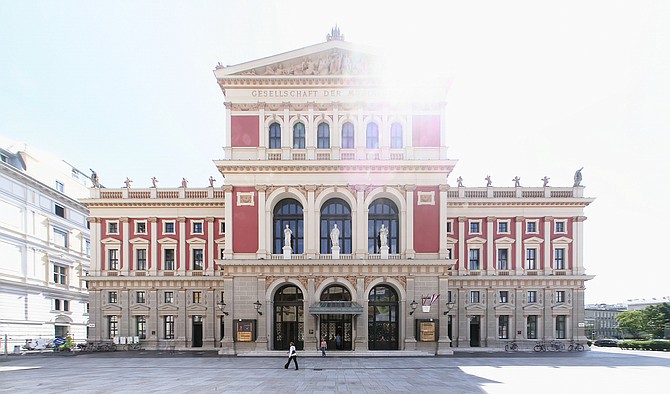 Facebook
Facebook
 X
X
 Instagram
Instagram
 TikTok
TikTok
 Youtube
Youtube

This is the first of a series of curated YouTube videos. As videos are featured they will be added to a playlist here.
The first piece to be featured is Beethoven’s Symphony No. 5. Don’t give me that look.
Beethoven’s Fifth is just about the median piece of classical music as we know it. If we use the 17th century as the start of the scale and the present day as the end of the scale, then the Fifth lands just about in the middle at 1808. We will use the Fifth as the nail to hold this playlist in place.
The Fifth isn’t a pivotal piece of music in the same way Beethoven’s Third or Ninth symphonies. However, it is the middle of Beethoven’s symphonies and it balances the four symphonies on either side of it.
Beethoven does innovate with the Fifth. The third movement goes into the concluding movement without a break and at the top of the finale the trombones made their debut in the symphonic repertoire.
The trombone was not a new instrument. There is evidence of trombones, or sackbutts, starting around 1450 in Belgium. The role of the trombone was particularly religious.
It was used in sacred music almost exclusively until Mozart used the instrument in The Magic Flute, but only in support of the sacred music for Zarastro and his acolytes. Mozart also gave the trombone a solo in the tuba mirum section of his Requiem, though that kept with the sacred music tradition.
17 years after Mozart’s death, Beethoven shrugged off tradition — again — and sneaked the trombone into the Fifth. You can barely tell they’re there because Beethoven was sensitive in considering the hallowed tradition around the instrument.
I’m kidding. When the trombones come in (around the 24:45 mark in the video) it is as if Beethoven was saying, “Enough of this precious tradition. I want to hear what these things can do. Now sit there and take it.”
In the video the conductor is Christian Thielemann. Thielemann came up under Herbert von Karajan and is currently one of the names being discussed to inherit the Berlin Philharmonic Orchestra when Sir Simon Rattle steps down after this season. Some would consider Thielemann an obvious choice, but the BPO has not been able to reach a consensus.
In simple terms, Thielemann conducts everything "up." The music does not start when his baton drops but when it comes up.
The venue in this first video is the world-famous Musikverein in Vienna.


This is the first of a series of curated YouTube videos. As videos are featured they will be added to a playlist here.
The first piece to be featured is Beethoven’s Symphony No. 5. Don’t give me that look.
Beethoven’s Fifth is just about the median piece of classical music as we know it. If we use the 17th century as the start of the scale and the present day as the end of the scale, then the Fifth lands just about in the middle at 1808. We will use the Fifth as the nail to hold this playlist in place.
The Fifth isn’t a pivotal piece of music in the same way Beethoven’s Third or Ninth symphonies. However, it is the middle of Beethoven’s symphonies and it balances the four symphonies on either side of it.
Beethoven does innovate with the Fifth. The third movement goes into the concluding movement without a break and at the top of the finale the trombones made their debut in the symphonic repertoire.
The trombone was not a new instrument. There is evidence of trombones, or sackbutts, starting around 1450 in Belgium. The role of the trombone was particularly religious.
It was used in sacred music almost exclusively until Mozart used the instrument in The Magic Flute, but only in support of the sacred music for Zarastro and his acolytes. Mozart also gave the trombone a solo in the tuba mirum section of his Requiem, though that kept with the sacred music tradition.
17 years after Mozart’s death, Beethoven shrugged off tradition — again — and sneaked the trombone into the Fifth. You can barely tell they’re there because Beethoven was sensitive in considering the hallowed tradition around the instrument.
I’m kidding. When the trombones come in (around the 24:45 mark in the video) it is as if Beethoven was saying, “Enough of this precious tradition. I want to hear what these things can do. Now sit there and take it.”
In the video the conductor is Christian Thielemann. Thielemann came up under Herbert von Karajan and is currently one of the names being discussed to inherit the Berlin Philharmonic Orchestra when Sir Simon Rattle steps down after this season. Some would consider Thielemann an obvious choice, but the BPO has not been able to reach a consensus.
In simple terms, Thielemann conducts everything "up." The music does not start when his baton drops but when it comes up.
The venue in this first video is the world-famous Musikverein in Vienna.
Comments